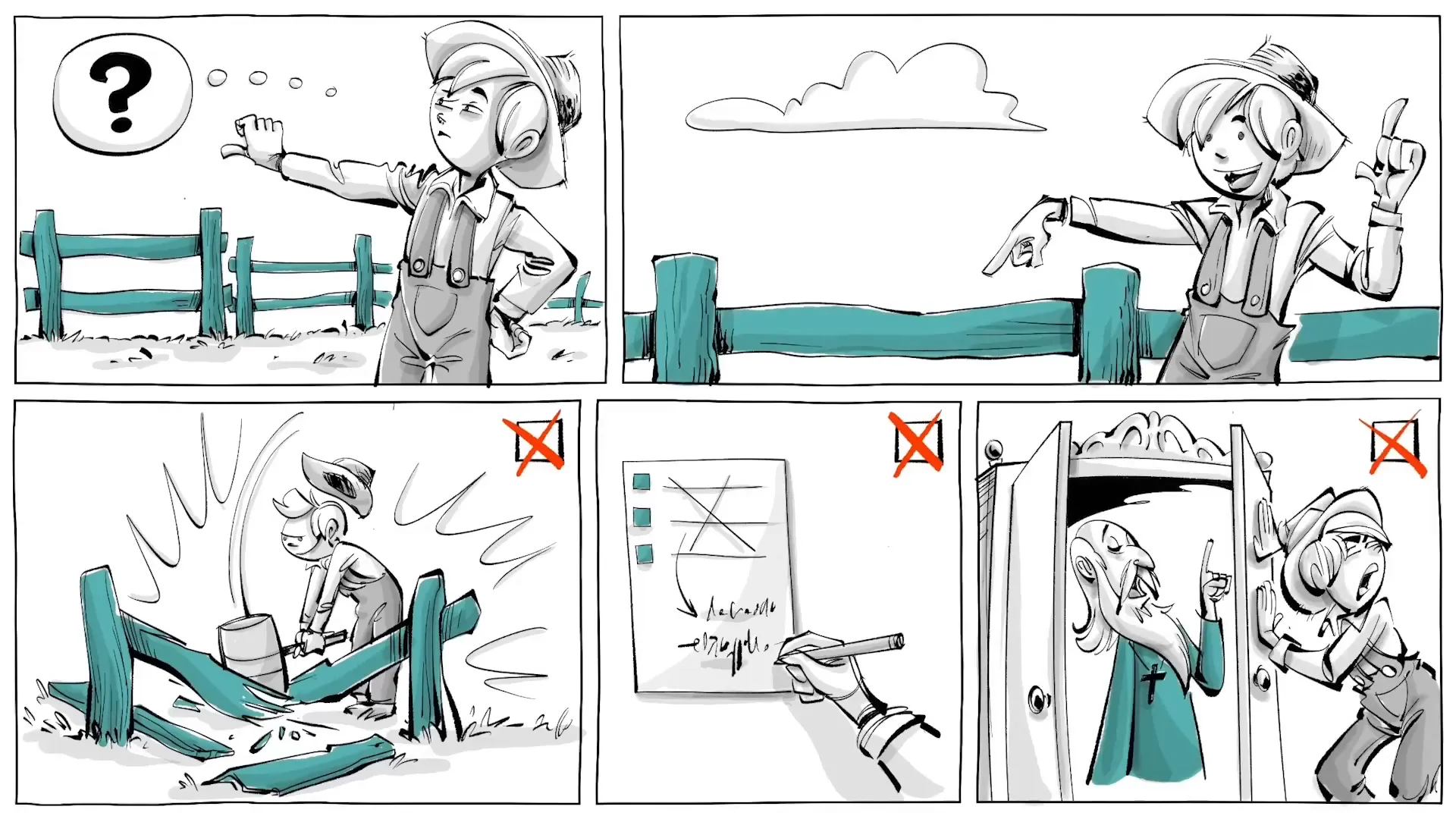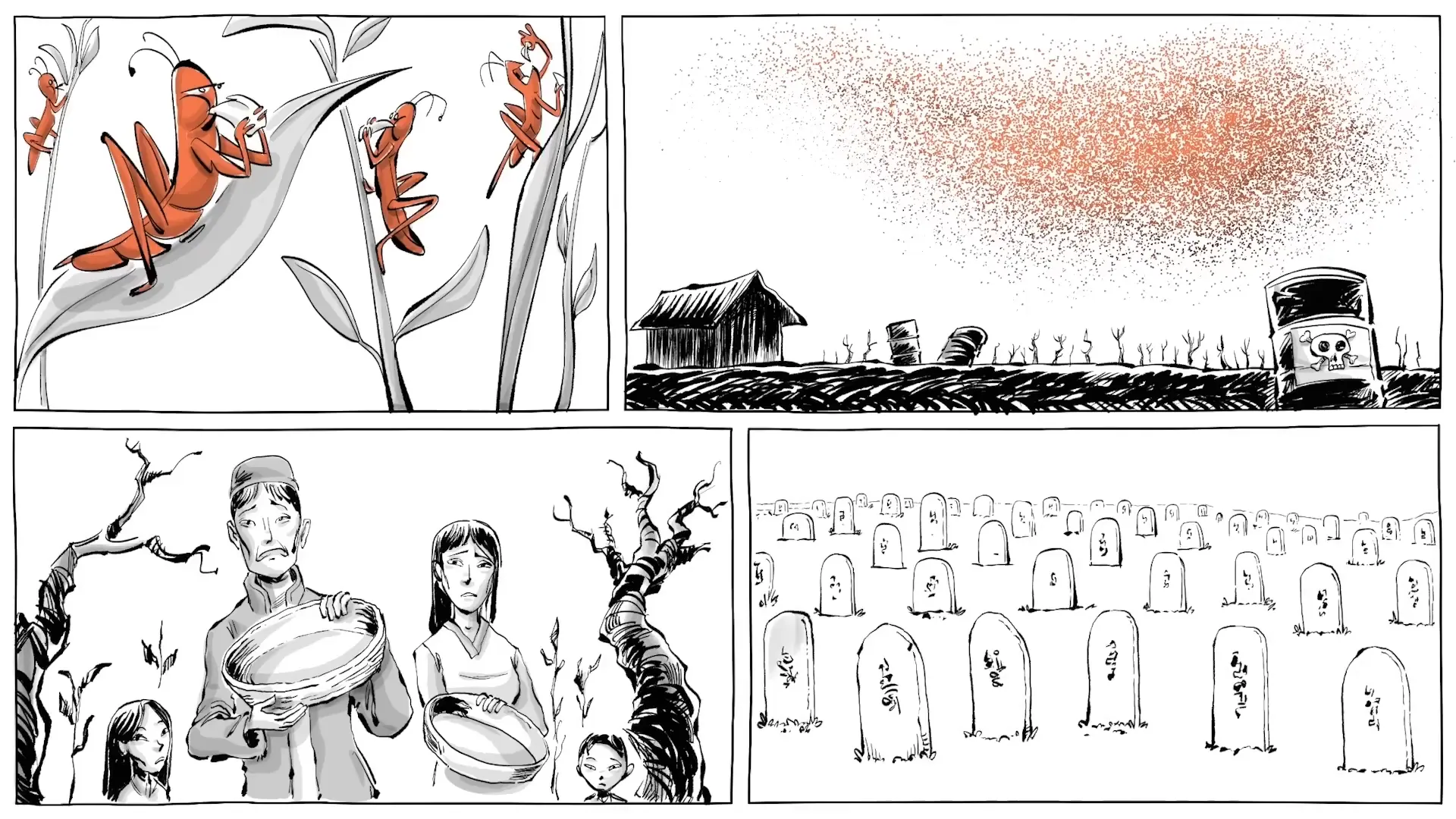Jan 2, 2025
Understanding Chesterton's Fence and Its Implications

Introduction
Imagine you encounter a fence in the middle of nowhere. What would you do? Would you take it down to continue on your path, or would you pause and consider its purpose? This scenario introduces us to Chesterton's Fence, a principle advocating that we should not destroy or alter something without understanding its original reason for existence.
Chesterton's principle
Chesterton's Fence suggests that everything has a purpose, and that includes traditions, rules, and structures. The principle reminds us that these constructs have often been carefully planned and require resources to establish. By disregarding their existence, we risk losing valuable insights into their underlying rationale.

Chesterton Fence in business
Entrepreneur Steve Blank provides a modern example of this principle in action. He notes that when startups hire their first Chief Financial Officer (CFO), the new hire may initiate cost-cutting measures without fully understanding the existing company culture. For instance, they might decide to charge employees for once-free snacks. This seemingly minor change can lead to dissatisfaction among employees, resulting in higher turnover rates and significant costs in recruiting new staff. The reformer, in this case, fails to grasp the purpose behind offering free snacks, which is to foster a positive workplace environment.

Tragic example from China
A more poignant illustration of misguided reform is found in China's Great Leap Forward, which occurred between 1958 and 1962. One initiative was the Four Pests Campaign, aimed at eliminating mosquitoes, flies, rats, and sparrows, which were believed to be harmful to grain production. Millions participated in this campaign, using various methods to eradicate sparrows, including noisy pots and pans to scare them into exhaustion. This drastic measure led to the near extinction of the sparrow population.
However, the unintended consequences of this campaign were catastrophic. Without sparrows to control locust populations, the latter surged, leading to swarms that devastated crops. This miscalculation contributed to the Great Chinese Famine, resulting in tens of millions of deaths, marking one of the largest man-made disasters in history.

Conclusion
These examples highlight the importance of understanding the reasons behind existing structures and traditions before attempting to dismantle or reform them. As philosopher G.K. Chesterton wrote in 1929, “In the matter of reforming things, as distinct from deforming them, there is one plain and simple principle.” Those who wish to challenge or change established norms should first seek to comprehend their significance. It raises a crucial question: Is Chesterton's defense of conservatism a prudent guideline, or is it necessary to challenge old structures even without full understanding?
What do you think?
Reflecting on the implications of Chesterton's principle can lead to deeper discussions about the balance between tradition and progress. Should we be more cautious in our approach to reform, or is a more radical transformation sometimes warranted? Your thoughts on this matter could contribute to a richer understanding of the complexities involved in societal change.
This article was created from the video Chesterton Fence: Don’t Destroy What You Don’t Understand! with the help of AI. It was reviewed and edited by a human.



